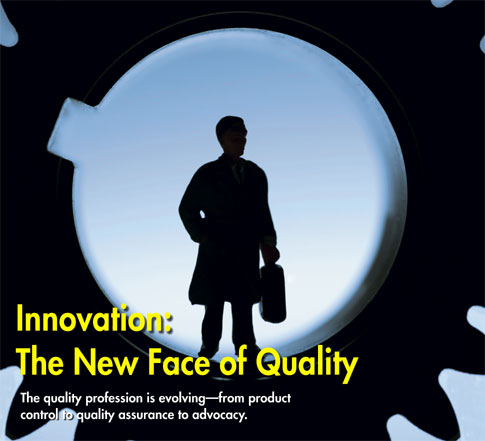
For almost 100 years of our quality journey, we increasingly pampered our customers by giving them what they wanted. Customers now assume that quality is a given. Further, in our present information age, customers are more aware of competitive suppliers, as well as suppliers with poor performance. Quality performance has peaked globally, and the faces of quality have moved from the line worker to the corporate executive. Activities that improve quality hardly yield significant benefits anymore. So what else can be done to improve business performance and delight customers?
In the interdependent and competitive global economy one must find true competitive advantages based on features and capability rather than quality alone. Delivering a solution that is unique to each customer is becoming more important than delivering a standard solution with virtually perfect quality. Instead of managing the cost of goods or services, businesses will need to manage growth by offering innovative solutions to customers. The quality of innovation becomes a differentiating factor. The quality of innovation implies how well each business is equipped to innovate and offer high-volume custom solutions. Thus the businesses will be moving from quality improvement to innovation improvement.
…
Comments
The New face of Quality -- An Inexpensive Face-lift
The New face of Quality is also getting an inexpensive facelift, according to WSJ ... Innovation initiatives that used to take months and megabucks to coordinate and launch can often be started in seconds for cents. And that makes innovation, the WSJ writes, a lifeblood of growth, more efficient and cheaper.
The new Voice of the Customer is: Companies are able to get a much better idea of how their customers behave and what they want. This gives new offerings and marketing efforts a better shot at success. Companies will also be willing to try new things, because the price of failure is so much lower. That will bring big changes for corporate culture making it easier to challenge accepted wisdom, for instance, and forcing managers to give more employees a say in the innovation process.
Add new comment